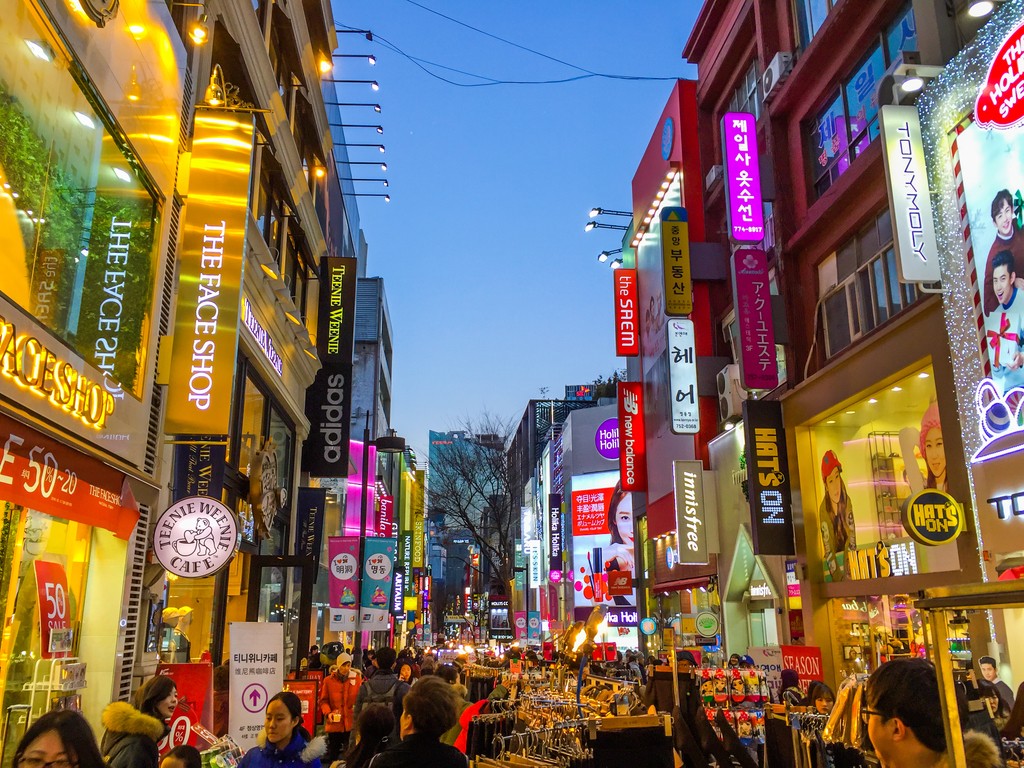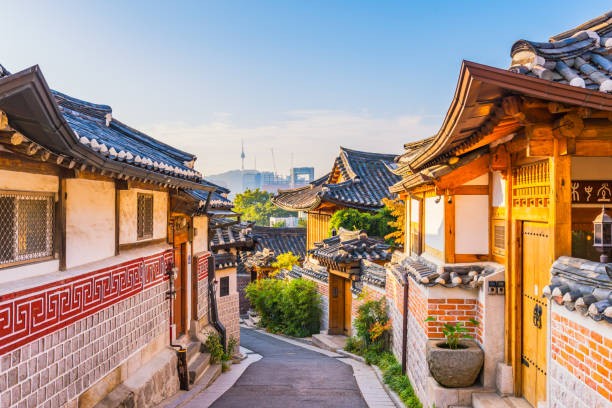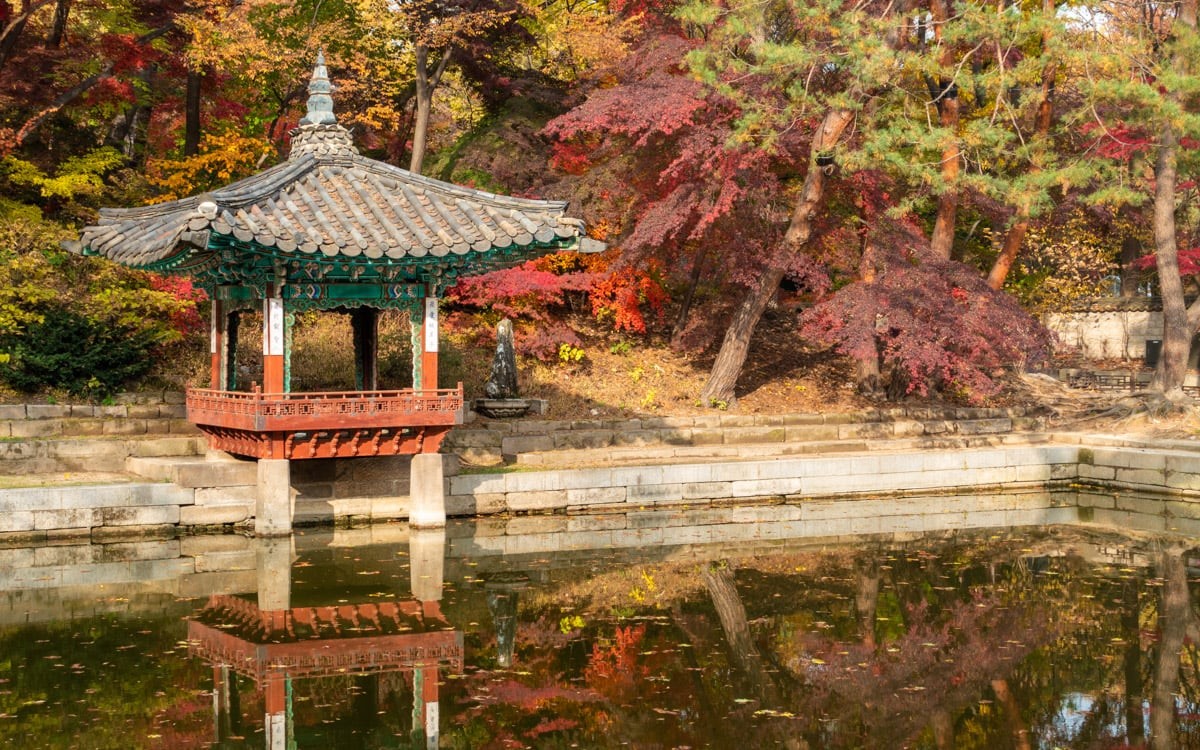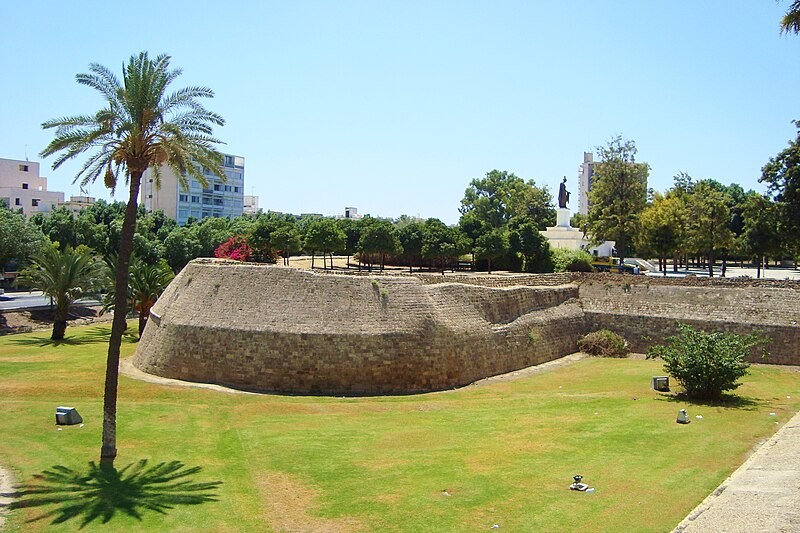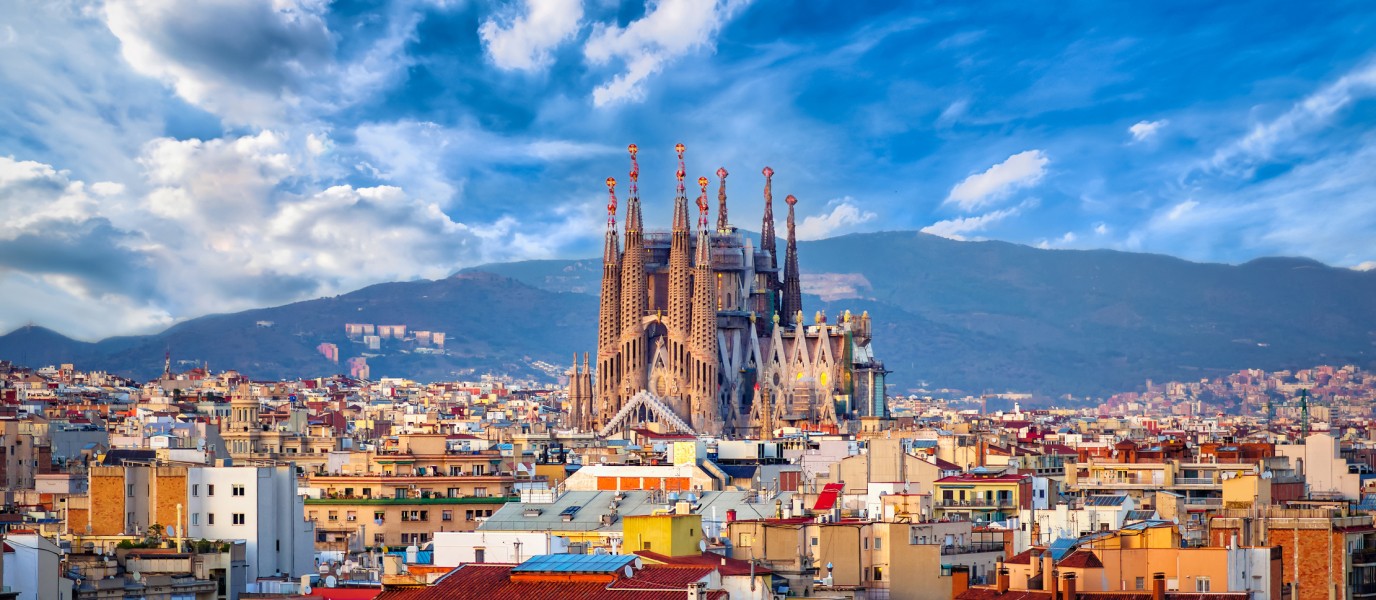
Barcelona: History and Places to Visit
Barcelona, located in the northeastern part of Spain, is the capital of the Catalonia region and is renowned for its historical and cultural richness. This Mediterranean city is famous worldwide for its unique architecture, vibrant lifestyle, and stunning artistic heritage. With impressive works by Gaudí, historic landmarks, lively streets, and the warm Mediterranean climate, Barcelona is the perfect destination for lovers of art, history, and culture.
The History of Barcelona
Barcelona’s history dates back to the 1st century AD when it was founded by the Romans as a settlement known as “Barcino.” It became an important trading center during Roman times. In the Middle Ages, Barcelona emerged as the heart of Catalan culture and played a significant role in Mediterranean trade.
In the late 19th and early 20th centuries, the city experienced significant industrial development, during which artists and architects like Antoni Gaudí shaped its identity. Today, Barcelona stands as a cosmopolitan city that beautifully blends modernity with its historical heritage.
Places to Visit in Barcelona
1. La Sagrada Familia
One of Antoni Gaudí's greatest masterpieces, La Sagrada Familia, is an iconic symbol of Barcelona. Construction of this massive basilica began in 1882 and, although it remains unfinished, it draws millions of tourists every year. A fusion of Gothic and Art Nouveau styles, the building is noted for Gaudí's nature-inspired details and unique design.
2. Park Güell
Another of Gaudí's creations, Park Güell is a colorful garden park located on one of Barcelona's hills. Known for its mosaic-covered terraces, whimsical structures, and harmonious integration with nature, the park is one of the city’s most popular tourist attractions. It also offers stunning panoramic views of the city.
3. La Rambla
La Rambla is Barcelona’s most famous street, located in the heart of the city. This broad boulevard is a bustling pedestrian area filled with street performers, cafes, restaurants, and shops. At the end of La Rambla, you can find the Columbus Monument, another of the city’s landmarks.
4. Gothic Quarter (Barri Gotic)
The Gothic Quarter is one of the oldest and most historic neighborhoods in Barcelona, characterized by its narrow streets, stone buildings, and stunning Gothic architecture. Key sites include the Barcelona Cathedral, Plaça Reial, and remnants of ancient Roman walls. This area is perfect for those looking to explore the medieval atmosphere of Barcelona.
5. Casa Batllo
Casa Batlló, another famous work by Gaudí, is a modernist building located on Passeig de Gràcia. Its exterior features wavy lines, colorful mosaics, and sea-themed elements, showcasing Gaudí's creative genius. The building is one of the best examples of Barcelona's modernist movement, with a remarkable interior design as well.
6. Montjuic Hill
Montjuïc is a hill located in the southwest of Barcelona, home to several museums, parks, and sports facilities. The hill played a significant role during the 1992 Olympics, hosting many sports events. Notable attractions include the Olympic Stadium and the Joan Miró Foundation. Montjuïc Castle, located at the highest point, offers breathtaking views of the city and the Mediterranean Sea.
7. Camp Nou
For football fans, Camp Nou is a must-see. This is the home stadium of FC Barcelona, one of the world's most renowned football clubs. A tour of Camp Nou allows visitors to explore the stadium and the FC Barcelona Museum, offering insights into the club's rich history.
8. Plaça de Catalunya
Plaça de Catalunya is the main square of Barcelona and a major hub of the city. It connects two of the city's most important streets: La Rambla and Passeig de Gràcia. The square is surrounded by numerous shopping centers, restaurants, and hotels, making it a central spot for social and commercial activity.
9. Barcelona Beaches
Situated along the Mediterranean coast, Barcelona is also famous for its beaches. Barceloneta is the most popular beach near the city center, where visitors can relax, swim, or take a walk along the shore. The beachside restaurants and bars provide a delightful Mediterranean experience.
Conclusion
Barcelona offers an unforgettable experience with its rich history, cultural landmarks, and the warm atmosphere of the Mediterranean. From the grandeur of Antoni Gaudí’s architectural masterpieces to the medieval charm of the Gothic Quarter, and the vibrant coastal life, the city is a perfect blend of history, art, and modernity. Whether it’s for its world-class museums, stunning parks, or lively streets, Barcelona stands as one of Europe’s most captivating cities.
